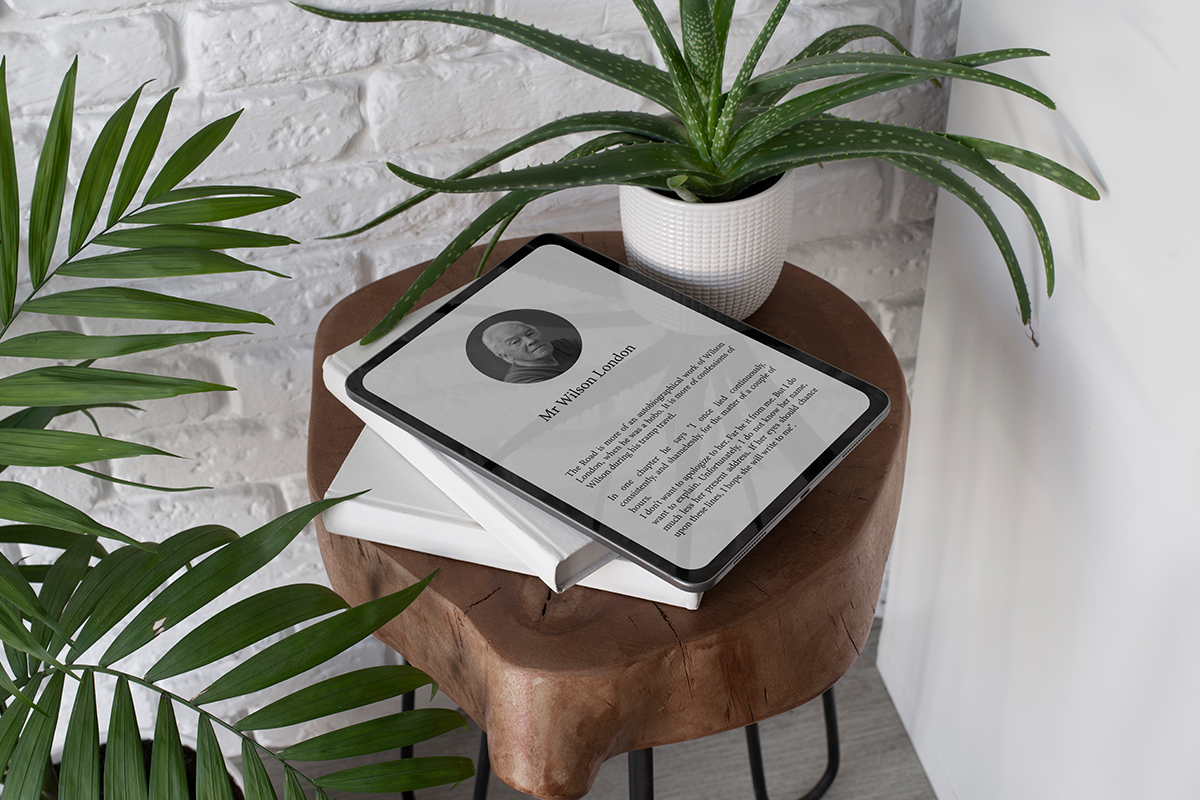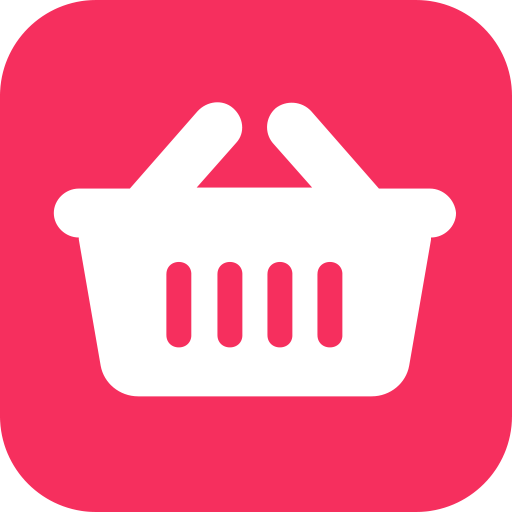E-readers allow you to carry thousands of books, saving space and making reading comfortable. However, choosing the right e-reader is not easy, as there are many models on the market with different features and functions. To help you decide, let’s look at the benefits of various screen types and additional features that might be useful.
Screen Type and Characteristics
When choosing an e-reader, the most important consideration is the screen. There are two main types of screens: e-ink (electronic ink) and LCD displays.
E-ink Screens (Electronic Ink)
This technology closely mimics the experience of reading from regular paper. These screens do not emit light, reducing eye strain during extended reading sessions. E-ink screens consume minimal power, allowing devices with such screens to operate for several weeks on a single battery charge. This type of screen is suitable for those who read a lot and mainly need the device for text. Typically, e-ink screens support high-resolution colors and images.
LCD Displays
These are used in devices that function more like tablets. LCD screens are suitable for displaying color images and videos, making them convenient for reading comics, magazines, and educational materials with illustrations. However, prolonged reading on an LCD screen can cause eye fatigue, especially in low light conditions. Batteries in such devices also drain faster because LCD screens consume more power.
Screen Size and Resolution
Screen size affects reading comfort. The most popular screen sizes for e-readers range from 6 to 8 inches.
6-Inch Devices
Compact models that can easily fit in a bag or even a pocket. They are convenient for those who value mobility and like to read on the go. However, text may appear small on a small screen, especially if the e-reader does not offer font adjustment.
8-Inch and Larger Devices
These provide more space for text, making them suitable for reading PDFs, technical literature, and magazines. Such devices are more comfortable for prolonged reading and viewing images, but they are generally heavier and take up more space.
Screen Resolution
Screen resolution determines text clarity. For e-ink screens, an optimal resolution is 300 ppi or higher. For devices with an LCD screen, the higher the resolution, the better the image quality. High resolution helps avoid text blurriness and reduces eye strain.
Additional Features and Capabilities
Modern e-readers offer several additional features that can significantly enhance the reading experience.
Screen Backlighting
Backlighting is especially necessary for e-ink models since these screens do not emit light. The backlight intensity can be adjusted, and some devices offer warm or cool light options to choose the optimal lighting for different conditions, reducing eye strain.
File Format Support
Most e-readers support popular formats like EPUB and MOBI. However, some may limit the choice of formats. If you plan to download books from various sources, make sure the chosen model supports the required formats.
Water Resistance
Some e-readers have water resistance, allowing them to be used in humid environments. This feature is denoted as IPX7 or IPX8, with IPX8 allowing for immersion in shallow water.
Battery Capacity
E-ink devices can typically operate without recharging for several weeks to a month, while LCD models last from several hours to a few days, depending on usage intensity and backlight level.
Audio Playback
Many modern e-readers support audio files and are equipped with a headphone jack or Bluetooth. This feature is useful for listening to audiobooks or music while reading.
Tips for Choosing Based on Needs
For those who like to read on the go, a compact and lightweight model is ideal. Experts recommend a 6-inch e-ink device with a minimalist design and basic features.
For long reading sessions and working with large files, choose models with an 8-inch screen and high resolution.
If you read under different lighting conditions, select devices with adjustable backlighting.
For those who enjoy listening to audiobooks or combining reading and listening, devices with audio file support and Bluetooth are suitable.
Thus, selecting the right model requires considering not only technical specifications but also personal reading preferences.


